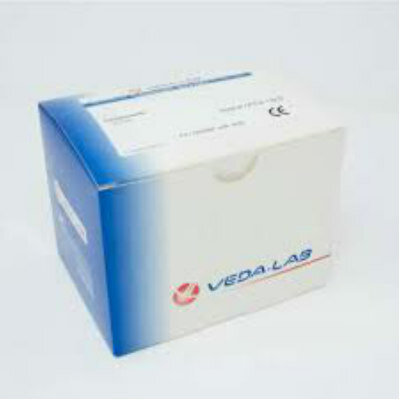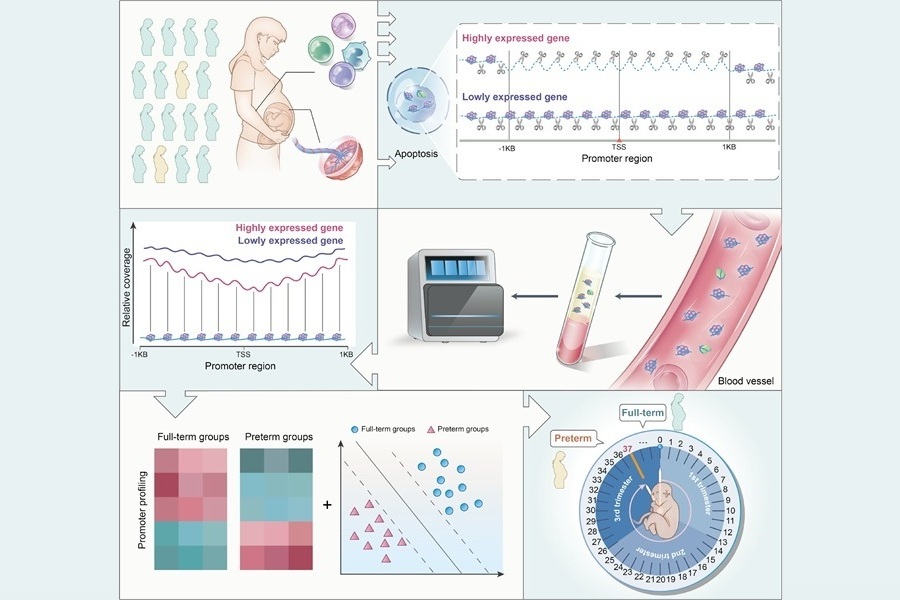Glycosaminoglycans Detected in Dried Urine Samples
|
By LabMedica International staff writers Posted on 16 Jan 2013 |
Almost all patients with mucopolysaccharidoses (MPS) have increased levels of glycosaminoglycans (GAGs) in their urine, but transportation of liquid samples may be challenging.
As transportation of liquid urine samples in appropriate conditions for long distances, especially across international borders, could be difficult, urine samples dried onto filter paper could be a solution to the problem.
Scientists at the Portal Hospital de Clinicas (Porto Alegre, RS, Brazil) collected urine samples from untreated MPS patients and from healthy controls. Dried-urine filter paper (DUFP) were prepared with four rectangles measuring 15×40 mm of filter paper which were then completely dipped into the urine flasks for a few seconds and then dried at room temperature for at least four hours. A colorimetric method for total urinary GAG quantification was used with slight modification and is based in the reaction of GAGs with dimethylmethylene blue.
The scientists found that there were no differences in the concentration of GAGs between urine and DUFP samples Concentration of GAGs in DUFP samples of MPS patients never overlapped with that of normal controls. Untreated patients with MPS and normal controls were well discriminated using any of the samples. Creatinine concentration in liquid urine and DUFP samples was also determined and used as a correction factor. The concentration of GAG was found to be almost identical in liquid and DUFP samples in all the controls.
The authors concluded that conclude that determination of GAGs on DUFPs is comparable to the ones performed in liquid urine samples. Their incorporation by reference laboratories would provide an additional screening tool, which could be useful in particular circumstances and which could be made available along with the existing methods of GAG analysis. Handling and mailing of filter paper samples will facilitate the identification of MPS patients worldwide, especially when samples need to travel long distances and cross international borders, contributing to the earlier diagnosis and timely treatment of these diseases.
The mucopolysaccharidoses (MPS) are inherited metabolic disorders with bone, joint, and visceral abnormalities, leading to multiorgan dysfunction and, sometimes, neurological manifestations. The study was published in the January 2013 edition of the journal Clinica Chimica Acta.
Related Links:
Portal Hospital de Clinicas
As transportation of liquid urine samples in appropriate conditions for long distances, especially across international borders, could be difficult, urine samples dried onto filter paper could be a solution to the problem.
Scientists at the Portal Hospital de Clinicas (Porto Alegre, RS, Brazil) collected urine samples from untreated MPS patients and from healthy controls. Dried-urine filter paper (DUFP) were prepared with four rectangles measuring 15×40 mm of filter paper which were then completely dipped into the urine flasks for a few seconds and then dried at room temperature for at least four hours. A colorimetric method for total urinary GAG quantification was used with slight modification and is based in the reaction of GAGs with dimethylmethylene blue.
The scientists found that there were no differences in the concentration of GAGs between urine and DUFP samples Concentration of GAGs in DUFP samples of MPS patients never overlapped with that of normal controls. Untreated patients with MPS and normal controls were well discriminated using any of the samples. Creatinine concentration in liquid urine and DUFP samples was also determined and used as a correction factor. The concentration of GAG was found to be almost identical in liquid and DUFP samples in all the controls.
The authors concluded that conclude that determination of GAGs on DUFPs is comparable to the ones performed in liquid urine samples. Their incorporation by reference laboratories would provide an additional screening tool, which could be useful in particular circumstances and which could be made available along with the existing methods of GAG analysis. Handling and mailing of filter paper samples will facilitate the identification of MPS patients worldwide, especially when samples need to travel long distances and cross international borders, contributing to the earlier diagnosis and timely treatment of these diseases.
The mucopolysaccharidoses (MPS) are inherited metabolic disorders with bone, joint, and visceral abnormalities, leading to multiorgan dysfunction and, sometimes, neurological manifestations. The study was published in the January 2013 edition of the journal Clinica Chimica Acta.
Related Links:
Portal Hospital de Clinicas
Latest Clinical Chem. News
- ‘Brilliantly Luminous’ Nanoscale Chemical Tool to Improve Disease Detection
- Low-Cost Portable Screening Test to Transform Kidney Disease Detection
- New Method Uses Pulsed Infrared Light to Find Cancer's 'Fingerprints' In Blood Plasma
- Carbon Nanotubes Help Build Highly Accurate Sensors for Continuous Health Monitoring
- Paper-Based Device Boosts HIV Test Accuracy from Dried Blood Samples
- AI-Powered Raman Spectroscopy Method Enables Rapid Drug Detection in Blood
- Novel LC-MS/MS Assay Detects Low Creatinine in Sweat and Saliva
- Biosensing Technology Breakthrough Paves Way for New Methods of Early Disease Detection
- New Saliva Test Rapidly Identifies Paracetamol Overdose
- POC Saliva Testing Device Predicts Heart Failure in 15 Minutes

- Screening Tool Detects Multiple Health Conditions from Single Blood Drop
- Integrated Chemistry and Immunoassay Analyzer with Extensive Assay Menu Offers Flexibility, Scalability and Data Commutability
- Rapid Drug Test to Improve Treatment for Patients Presenting to Hospital
- AI Model Detects Cancer at Lightning Speed through Sugar Analyses
- First-Ever Blood-Powered Chip Offers Real-Time Health Monitoring
- New ADLM Guidance Provides Expert Recommendations on Clinical Testing For Respiratory Viral Infections
Channels
Molecular Diagnostics
view channel
Blood Test Could Predict Relapse of Autoimmune Blood Vessel Disease
Neutrophils, once believed to be uniform in nature, have been discovered to exhibit significant diversity. These immune cells, which play a crucial role in fighting infections, are also implicated in autoimmune... Read more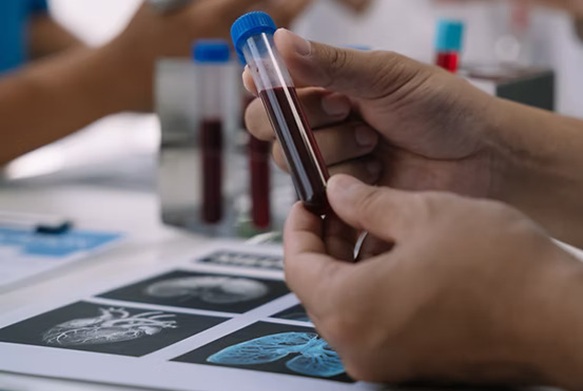
First-of-its-Kind Blood Test Detects Trauma-Related Diseases
In today’s fast-paced world, stress and trauma have unfortunately become common experiences for many individuals. Continuous exposure to stress hormones can confuse the immune system, causing it to misinterpret... Read moreHematology
view channel
New Scoring System Predicts Risk of Developing Cancer from Common Blood Disorder
Clonal cytopenia of undetermined significance (CCUS) is a blood disorder commonly found in older adults, characterized by mutations in blood cells and a low blood count, but without any obvious cause or... Read more
Non-Invasive Prenatal Test for Fetal RhD Status Demonstrates 100% Accuracy
In the United States, approximately 15% of pregnant individuals are RhD-negative. However, in about 40% of these cases, the fetus is also RhD-negative, making the administration of RhoGAM unnecessary.... Read moreImmunology
view channel
Stem Cell Test Predicts Treatment Outcome for Patients with Platinum-Resistant Ovarian Cancer
Epithelial ovarian cancer frequently responds to chemotherapy initially, but eventually, the tumor develops resistance to the therapy, leading to regrowth. This resistance is partially due to the activation... Read more
Machine Learning-Enabled Blood Test Predicts Immunotherapy Response in Lymphoma Patients
Chimeric antigen receptor (CAR) T-cell therapy has emerged as one of the most promising recent developments in the treatment of blood cancers. However, over half of non-Hodgkin lymphoma (NHL) patients... Read moreMicrobiology
view channel
Handheld Device Delivers Low-Cost TB Results in Less Than One Hour
Tuberculosis (TB) remains the deadliest infectious disease globally, affecting an estimated 10 million people annually. In 2021, about 4.2 million TB cases went undiagnosed or unreported, mainly due to... Read more
New AI-Based Method Improves Diagnosis of Drug-Resistant Infections
Drug-resistant infections, particularly those caused by deadly bacteria like tuberculosis and staphylococcus, are rapidly emerging as a global health emergency. These infections are more difficult to treat,... Read more
Breakthrough Diagnostic Technology Identifies Bacterial Infections with Almost 100% Accuracy within Three Hours
Rapid and precise identification of pathogenic microbes in patient samples is essential for the effective treatment of acute infectious diseases, such as sepsis. The fluorescence in situ hybridization... Read morePathology
view channel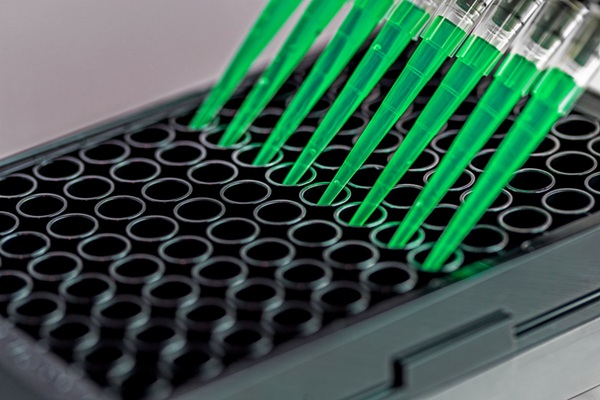
Sensitive and Specific DUB Enzyme Assay Kits Require Minimal Setup Without Substrate Preparation
Ubiquitination and deubiquitination are two important physiological processes in the ubiquitin-proteasome system, responsible for protein degradation in cells. Deubiquitinating (DUB) enzymes contain around... Read more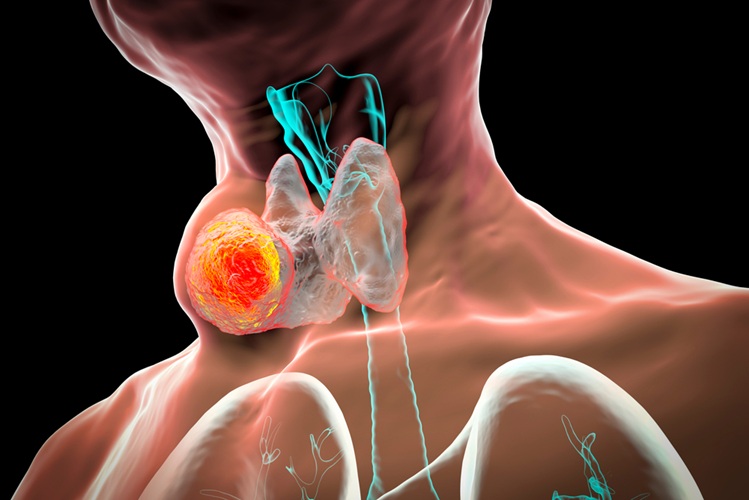
World’s First AI Model for Thyroid Cancer Diagnosis Achieves Over 90% Accuracy
Thyroid cancer is one of the most common cancers worldwide, and its precise management typically relies on two primary systems: (1) the 8th edition of the American Joint Committee on Cancer (AJCC) or ... Read more
Breakthrough Diagnostic Approach to Significantly Improve TB Detection
Tuberculosis (TB) remains the deadliest infectious disease globally, with 10.8 million new cases and 1.25 million deaths reported in 2023. Early detection through effective screening is crucial in identifying... Read more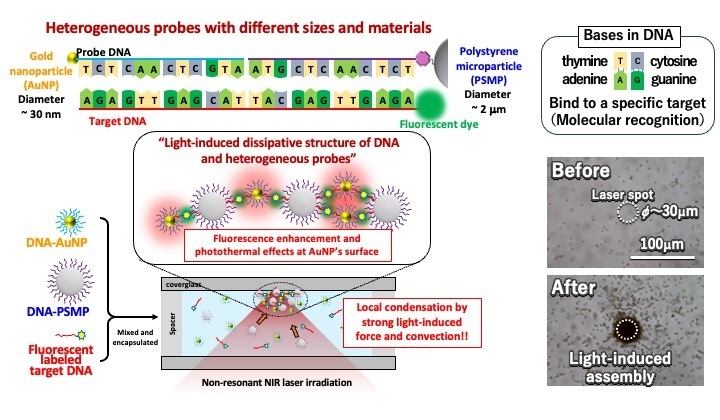
Rapid, Ultra-Sensitive, PCR-Free Detection Method Makes Genetic Analysis More Accessible
Genetic testing has been an important method for detecting infectious diseases, diagnosing early-stage cancer, ensuring food safety, and analyzing environmental DNA. For a long time, polymerase chain reaction... Read moreTechnology
view channel
Disposable Microchip Technology Could Selectively Detect HIV in Whole Blood Samples
As of the end of 2023, approximately 40 million people globally were living with HIV, and around 630,000 individuals died from AIDS-related illnesses that same year. Despite a substantial decline in deaths... Read more
Pain-On-A-Chip Microfluidic Device Determines Types of Chronic Pain from Blood Samples
Chronic pain is a widespread condition that remains difficult to manage, and existing clinical methods for its treatment rely largely on self-reporting, which can be subjective and especially problematic... Read more
Innovative, Label-Free Ratiometric Fluorosensor Enables More Sensitive Viral RNA Detection
Viruses present a major global health risk, as demonstrated by recent pandemics, making early detection and identification essential for preventing new outbreaks. While traditional detection methods are... Read moreIndustry
view channel
Cepheid and Oxford Nanopore Technologies Partner on Advancing Automated Sequencing-Based Solutions
Cepheid (Sunnyvale, CA, USA), a leading molecular diagnostics company, and Oxford Nanopore Technologies (Oxford, UK), the company behind a new generation of sequencing-based molecular analysis technologies,... Read more
Grifols and Tecan’s IBL Collaborate on Advanced Biomarker Panels
Grifols (Barcelona, Spain), one of the world’s leading producers of plasma-derived medicines and innovative diagnostic solutions, is expanding its offer in clinical diagnostics through a strategic partnership... Read more




